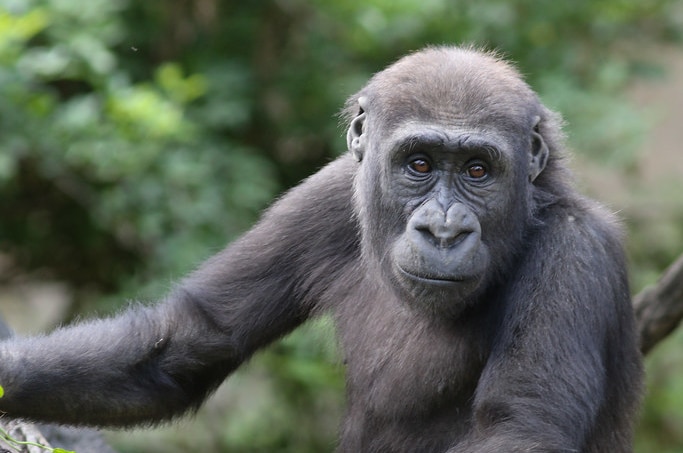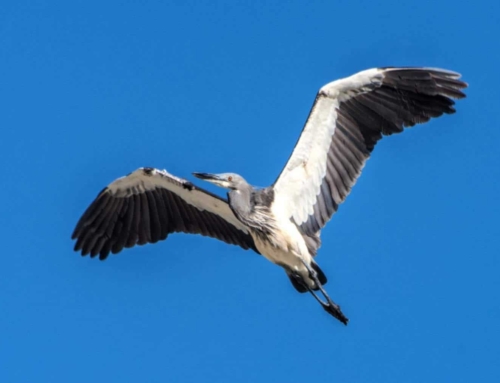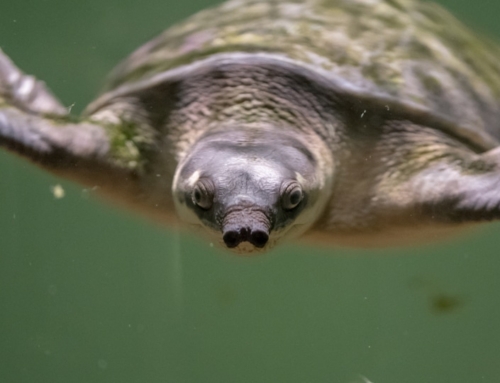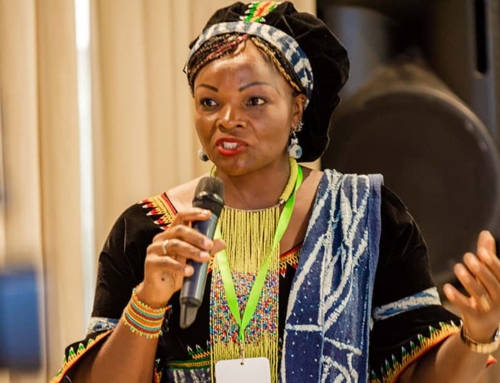The world’s largest rubber processor has called for a ‘cease and desist’ on deforestation in a rubber plantation approaching the edge of Cameroon’s Dja Biosphere Reserve. This is in response to a statement from local communities and pressure from international NGOs about unsustainable environmental practices, lack of transparency, and negative impacts on local communities.
The forests of Dja Biosphere Reserve in Cameroon contain over 100 species of mammals, including Western lowland gorillas and Chimpanzees, and until recently it has been one of the largest and best-protected rainforests in Africa.
This forest forms an integral part of the dense rainforests that make up the Congo Basin. More than 30 communities, who have traditionally lived on the edge of Dja Faunal Reserve, rely on the surrounding lands and forests for their livelihoods, mainly through farming, hunting, fishing and the collection of non-timber forest products.
Investigating Sudcam rubber plantation

The Dja Biosphere Reserve is almost completely surrounded by the Dja River, which forms a natural boundary, and the reserve is especially noted for its wide variety of primates, including Western lowland gorillas. Image: Mark Dumont CC BY-NC 2.0
However, according to a recent report by Rainforest Foundation UK (RFUK) which was part-funded by Synchronicity Earth, Dja’s local communities and wildlife have been suffering the consequences of an expanding rubber plantation owned by a foreign subsidiary called Sud-Cameroun Hévéa (Sudcam).
At the time when RFUK’s report was published (May 2019), the Sudcam plantation claimed it held a total land concession of 58,900 hectares (589km²). This is about the same size as the Isle of Man (UK) or two and a half Martha’s Vineyards (US, Massachusetts).
So far, according to satellite imagery from 2001 to 2017, the plantation has cleared 9,891 hectares (99km²) of ecologically priceless old-growth forest. By April 2018, satellite data showed that the Sudcam plantation was edging dangerously close to Dja Faunal Reserve, with deforestation only one kilometre away from the intact primary forest Dja is known for. This fragmented the forests of threatened mammals such as forest elephants, gorillas and chimpanzees and destroyed the camps of three indigenous Baka communities, displacing 120 individuals.
A deforestation ‘cease and desist’
RFUK’s work with the people living around Dja Biosphere Reserve supported a statement by representatives of 21 villages affected by the plantation. The statement asked the Cameroonian government and the company that their rights are respected, they are fairly compensated for their loss of livelihoods and they receive genuine benefits from the project.
The RFUK report found that compensation for local people losing their livelihoods from the deforestation has been inadequate or absent. The report quotes anecdotes from chiefs who were given small allowances for food but no compensation for tombs and sacred places which were lost.
The statement, and further pressure on Sudcam from environmental organisations including RFUK, Greenpeace and Mighty Earth, led to Sudcam issuing a ‘cease and desist’ order on forest clearing in the area. Satellite imagery shows that no further deforestation has occurred since the ban was issued in December 2018.
Satellite imagery shows that no further deforestation has occurred since the ban was issued in December 2018.
In addition to the deforestation ban, Sudcam’s parent corporation Halcyon Agri Corp (the world’s largest rubber processor) has developed a Sustainable Natural Rubber Supply Chain Policy, and created an independent Sustainability Council.
A huge achievement for local communities
Sophie Grange-Chamfray, Programme Manager at Synchronicity Earth, says “The responses proposed by Halcyon Agri Corp might seem small, but they actually are huge achievements for the local communities and the organisations that have been working with them. This cease and desist shows how citizen voices can contribute to halt destructive developments and help protect biodiversity.
“Sudcam have reached out to NGOs in the area and we hope that these discussions will lead to a fairer and more sustainable future for the Sudcam plantation.”
The Congo Basin boasts astonishing biodiversity: over 20,000 plant species, over 450 mammal species, 1,300 bird species, 336 amphibian species and 400 reptile species. It is one of only five landscapes on the planet defined as High Biodiversity Wilderness Areas.
Our research shows that conservation funding for the Congo Basin is much lower than it is for protection of Latin America and Southeast Asia’s most biodiverse forests and the current funding response has been insufficient to address needs.
This is why we have developed our Congo Basin Programme to encourage a more coordinated response to the threats, supporting strong local partners on the ground and several international organisations through a pooled funding approach.
Read the full report by Rainforest Action UK, which was part-funded by our Congo Basin Programme here.





